15 Rarest of Rare Awesome Things Found on Earth Ever
Presenting a collection of the most amazing and rare things that our magnificent planet has to offer. These are so beautifully exquisite that you will not believe your eyes. I’m completely star-struck!
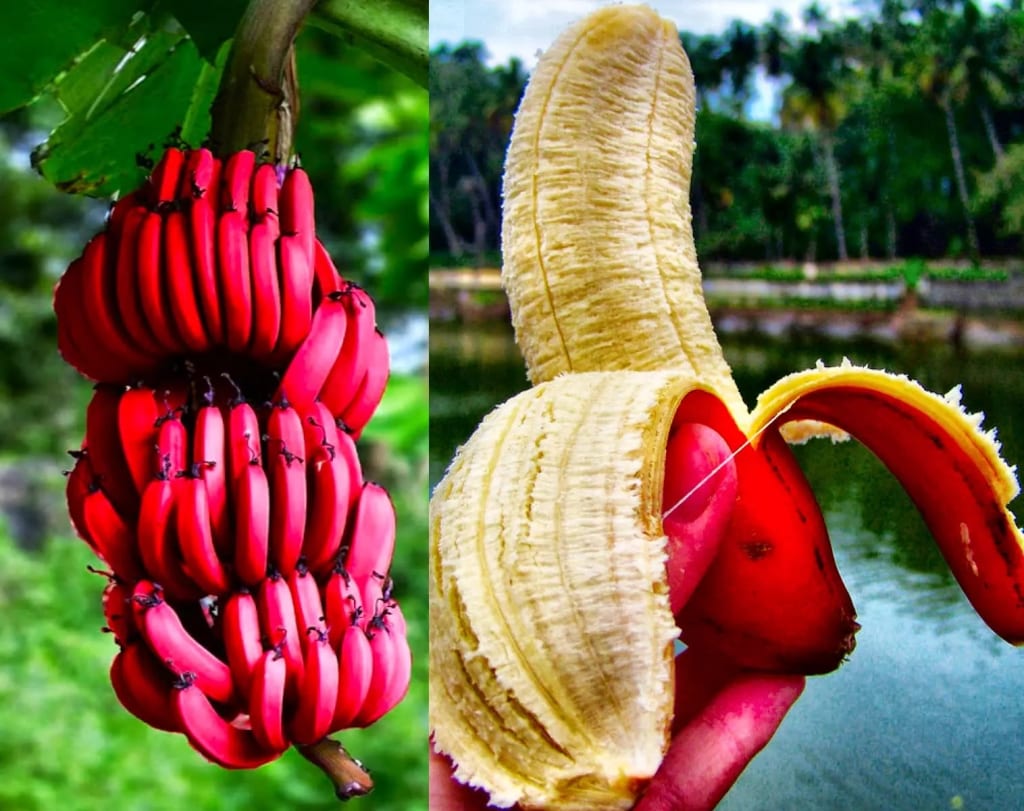
White Peacocks (Found in Grasslands of Australia and India)

These majestically beautiful creatures are a rare species of the peacock. White peacocks are not albinos; they have a genetic mutation that is known as Leucism, which causes the lack of pigments in the plumage.
Jeweled Squid (Mid Atlantic and Pacific Ocean)

This unusual squid, despite its delicate, decorated appearance, was found 1,650 lung-crushing feet (500 meters) beneath the surface of the North Atlantic. Scientists on a recent deep-sea expedition found the squid, called Histioteuthis hoylei, along with an abundance of other species thought to be very rare, if not unknown, elsewhere. Jewel squid are known for their mismatched eyes, one of which is larger than the other to scope for prey in the deep’s darkness.
Bismuth Crystals
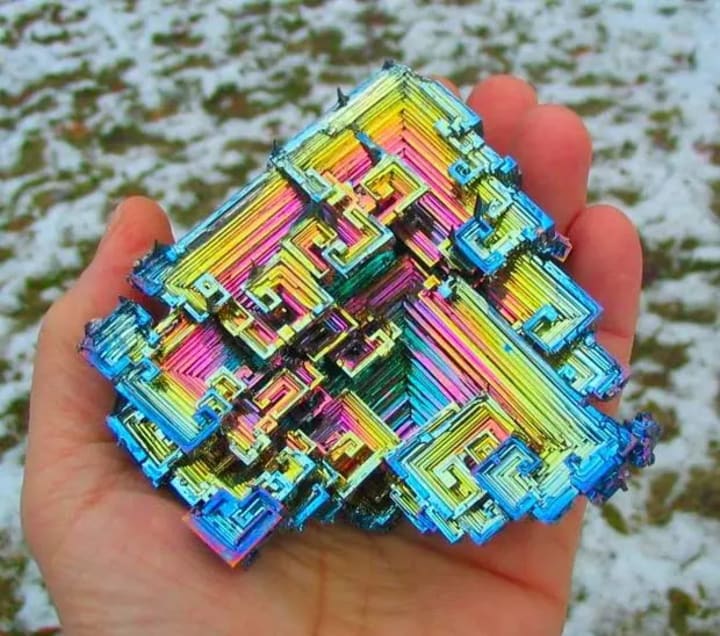
Found all over the world, Bismuth is a chemical element that is 86% as dense as lead. It is a brittle metal with a silvery-white color when freshly produced, but is often seen in air with a pink tinge owing to surface oxidation. This marvel of nature is found in a series of geometrical lines and figures that resemble something of a sci-fi movie. But trust me its real! Unbelievable right?
‘Life Within Death ‘ : Chinese Lantern (China, Japan and Southern Europe)
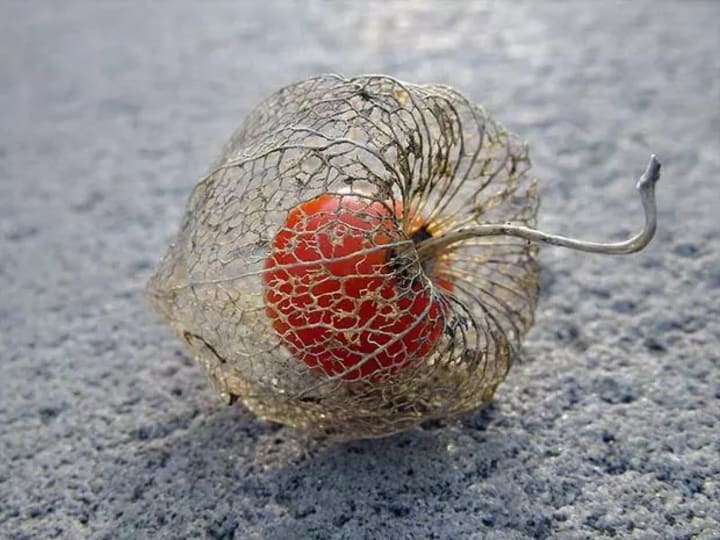
Physalis alkekengi, or the Chinese/Japanese Lantern, blooms during Winter and dries during Spring. Once it is dried, the bright red fruit is seen. The outer cover is a thin mesh that held the flower petals, seen in golden brown color.
Rafflesia arnoldi Flower : Largest Flower in The World (Indonesia)
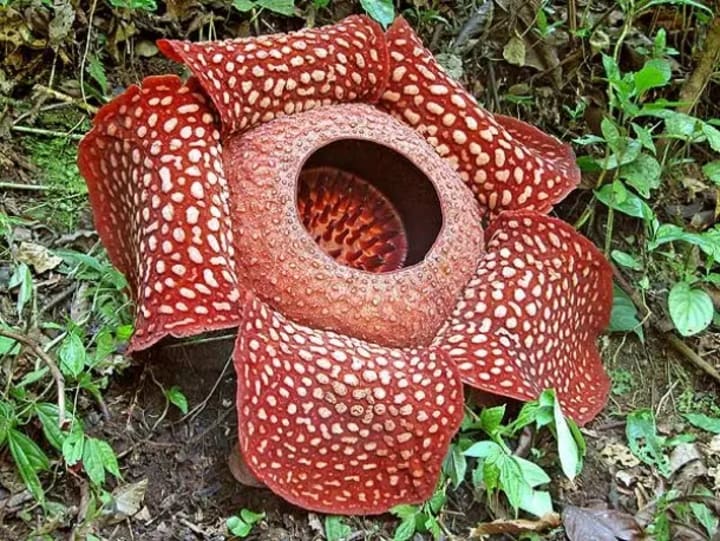
This rare flower is found in the rainforests of Indonesia. It can grow to be 3 feet across and weigh up to 15 pounds! It is a parasitic plant, with no visible leaves, roots, or stem. When in bloom, the Rafflesia emits a repulsive odor, similar to that of rotting meat. This odor attracts insects that pollinate the plant.
Purple Carrots (Grown in Britain and Central Asia)
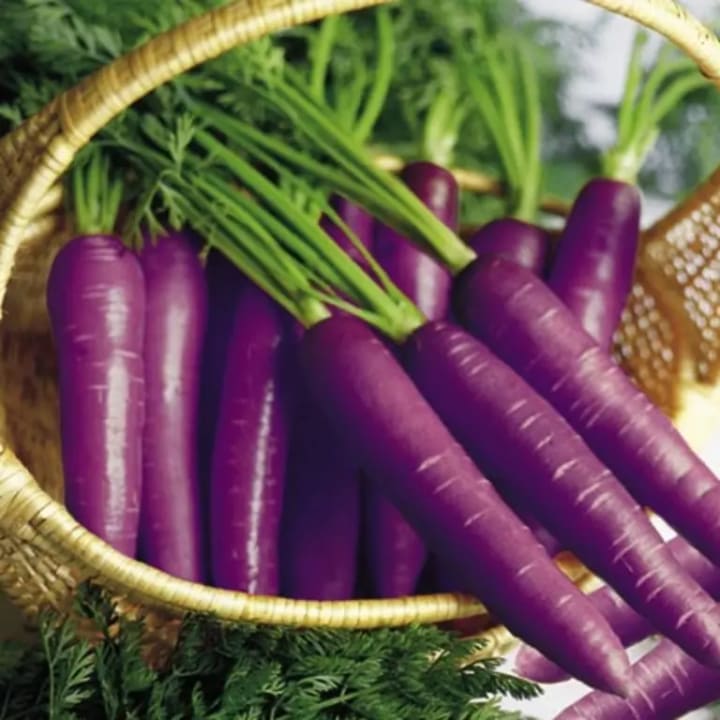
The purple colour of these carrots is actually due to anthocyanin pigments. The history of these carrots can be traced back to Rome and Central Asia, where they were grown as early as the 10th century. Purple carrots, still orange on the inside, were sold in British stores starting in 2002.
Rain as seen from an airplane window (Britain)

A giant rain cloud, seen from a light aircraft, pours its contents down on Burbage between Leicester and Birmingham
Kangaroo joey Inside the Pouch (Australia)

This rare image comes from the pouch of a mother kangaroo, where a kangaroo joey grows in peace. Baby kangaroos after being born are transferred to the pouches of their mothers for completion of their growth. FYI: Female kangaroos can determine the sex of their offspring. They can even delay gestation when environmental factors are likely to diminish the chance of young surviving.
Living Rock: Pyura chilensis (Chile and Peru)

Sometimes referred to as a ‘living rock’ , Pyura chilensis is a tunicate that resembles a mass of organs inside a rock. It is often found in dense aggregations in the intertidal and subtidal coast of Chile and Peru. It is the closest anyone can get to finding blood in a stone! It is also served as a local delicacy in the cities surrounding the coasts.
Tasmanian Giant Crab (Southern waters of Australia)

AKA “Giant Deepwater Crab” – One of the largest crabs in the world. – Weighs a mighty 29lb with a 15-inch shell. – It has a white shell with claws that are splashed in red.
Purple Corn (Bolivia, Ecuador, Peru)
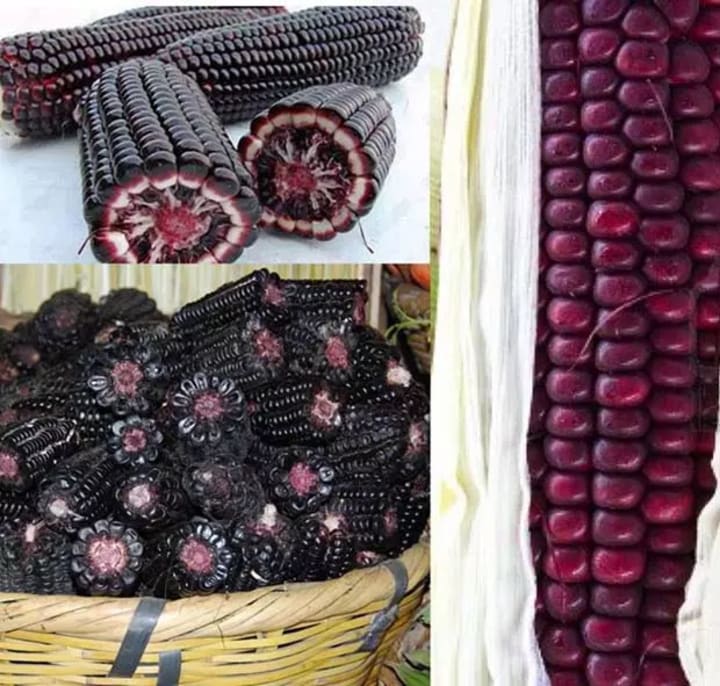
A variety of Zea mays, is a corn grown in the Andes region of South America. It is common in Bolivia, Ecuador, Peru. The kernels of Purple Corn have long been used by the people of the Andes to color foods and beverages, a practice just beginning to become popularized in the industrialized world. Besides its use as food and dye, purple corn is thought to have many health benefits.





Comments
There are no comments for this story
Be the first to respond and start the conversation.